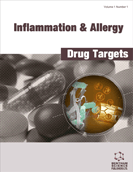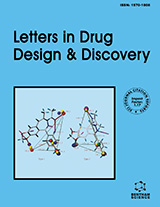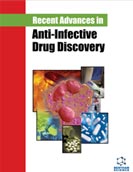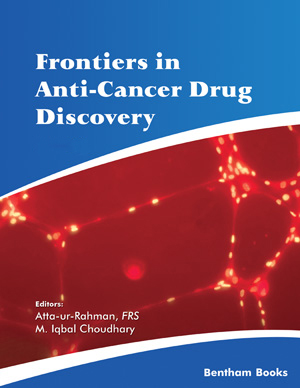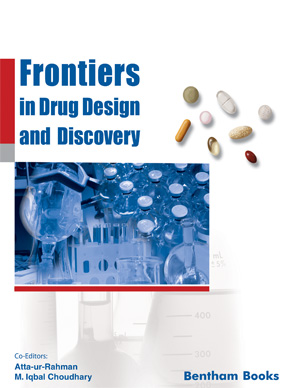Abstract
Atopic dermatitis is an allergic inflammatory skin disease that is characterized by late eczematous skin lesions which result from non-IgE-mediated immune responses. It is well known that food allergy is an important cause of atopic dermatitis. Moreover, with recent advances in the diagnosis and treatment of food allergy, it becomes possible to elucidate the role of IgE- and non-IgE-mediated food allergies. Interprerations for blood eosinophil counts and total serum IgE levels are updated based on the immunopathogenesis of AD relating with these IgE- and non-IgE-mediated food allergies. The clinical significances of skin prick test and allergen-specific IgE are re-evaluated according to the out-to in and in-to out sensitization. Atopic march is reconsturcted by the sequential sensitization of foods and aeroallergens. In this review, the revized immunopathogenesis and relevant interpretations of food allergy in atopic dermatitis are described for the evaluation of precise clinical status of AD.
Keywords: Atopic dermatitis, eosinophil, eosinophil cationic protein, food allergy, house dust mite, IgE-mediate allergy, IgE, non-IgE-mediated allergy, sensitization, eczematous skin lesions
Inflammation & Allergy - Drug Targets (Discontinued)
Title: Revision of Immunopathogenesis and Laboratory Interpretation for Food Allergy in Atopic Dermatitis
Volume: 11 Issue: 1
Author(s): Geunwoong Noh and Jae Ho Lee
Affiliation:
Keywords: Atopic dermatitis, eosinophil, eosinophil cationic protein, food allergy, house dust mite, IgE-mediate allergy, IgE, non-IgE-mediated allergy, sensitization, eczematous skin lesions
Abstract: Atopic dermatitis is an allergic inflammatory skin disease that is characterized by late eczematous skin lesions which result from non-IgE-mediated immune responses. It is well known that food allergy is an important cause of atopic dermatitis. Moreover, with recent advances in the diagnosis and treatment of food allergy, it becomes possible to elucidate the role of IgE- and non-IgE-mediated food allergies. Interprerations for blood eosinophil counts and total serum IgE levels are updated based on the immunopathogenesis of AD relating with these IgE- and non-IgE-mediated food allergies. The clinical significances of skin prick test and allergen-specific IgE are re-evaluated according to the out-to in and in-to out sensitization. Atopic march is reconsturcted by the sequential sensitization of foods and aeroallergens. In this review, the revized immunopathogenesis and relevant interpretations of food allergy in atopic dermatitis are described for the evaluation of precise clinical status of AD.
Export Options
About this article
Cite this article as:
Noh Geunwoong and Ho Lee Jae, Revision of Immunopathogenesis and Laboratory Interpretation for Food Allergy in Atopic Dermatitis, Inflammation & Allergy - Drug Targets (Discontinued) 2012; 11 (1) . https://dx.doi.org/10.2174/187152812798889385
| DOI https://dx.doi.org/10.2174/187152812798889385 |
Print ISSN 1871-5281 |
| Publisher Name Bentham Science Publisher |
Online ISSN 2212-4055 |
 31
31Related Articles
-
The Effects of Italian Mediterranean Organic Diet (IMOD) on Health Status
Current Pharmaceutical Design Clinical Review of COVID-19; Pathogenesis, Diagnosis, and Management
Current Pharmaceutical Design Editorial [Continue the Great Journey of Success!]
Current Molecular Medicine Role of Heart Rate Reduction in the Management of Myocarditis
Current Pharmaceutical Design Mitochondrial-Associated Metabolic Changes and Neurodegeneration in Huntingtons Disease - from Clinical Features to the Bench
Current Drug Targets Impact of Antibiotics on the Intestinal Microbiota and on the Treatment of Shiga-toxin-Producing Escherichia coli and Salmonella Infections
Current Pharmaceutical Design CD93: Recent Advances and Implications in Disease
Current Drug Targets Mediterranean Diet and Low-grade Subclinical Inflammation: The Moli-sani Study
Endocrine, Metabolic & Immune Disorders - Drug Targets Association of High-sensitivity C-reactive Protein with Patient Prognosis Following Mechanical Thrombectomy for Acute Ischemic Stroke
Current Neurovascular Research Editorial [Hot Topic: Protein Kinase Inhibitors for the Treatment of Inflammatory Disease (Guest Editor: Mark R. Player)]
Current Topics in Medicinal Chemistry Deciphering the Physiology Underlying the Rapid Clinical Effects of Perispinal Etanercept in Alzheimers Disease
Current Alzheimer Research Glial Cells – The Key Elements of Alzheimer´s Disease
Current Alzheimer Research Designing and Testing New Therapeutic Modalities for Treatment of Inflammatory Bowel Disease: Role of Experimental Animal Models
Current Medicinal Chemistry - Anti-Inflammatory & Anti-Allergy Agents Autoimmune Lymphoproliferative Syndrome (ALPS)
Current Pharmaceutical Design Depression Under the Perspective of Oxytocin
Central Nervous System Agents in Medicinal Chemistry The Therapeutic Potential of Quercetin in Parkinson’s Disease: Insights into its Molecular and Cellular Regulation
Current Drug Targets CDK Inhibitors Induce Mitochondria-mediated Apoptosis Through the Activation of Polyamine Catabolic Pathway in LNCaP, DU145 and PC3 Prostate Cancer Cells
Current Pharmaceutical Design Eicosanoids in Prevention and Management of Diseases
Current Molecular Medicine Strategies for Novel Therapeutic Approaches Targeting Cytokines and Signaling Pathways of Osteoclasto- and Osteoblastogenesis in the Fight Against Immune-Mediated Bone and Joint Diseases
Current Medicinal Chemistry Targeting the Human DEAD-Box Polypeptide 3 (DDX3) RNA Helicase as a Novel Strategy to Inhibit Viral Replication
Current Medicinal Chemistry


